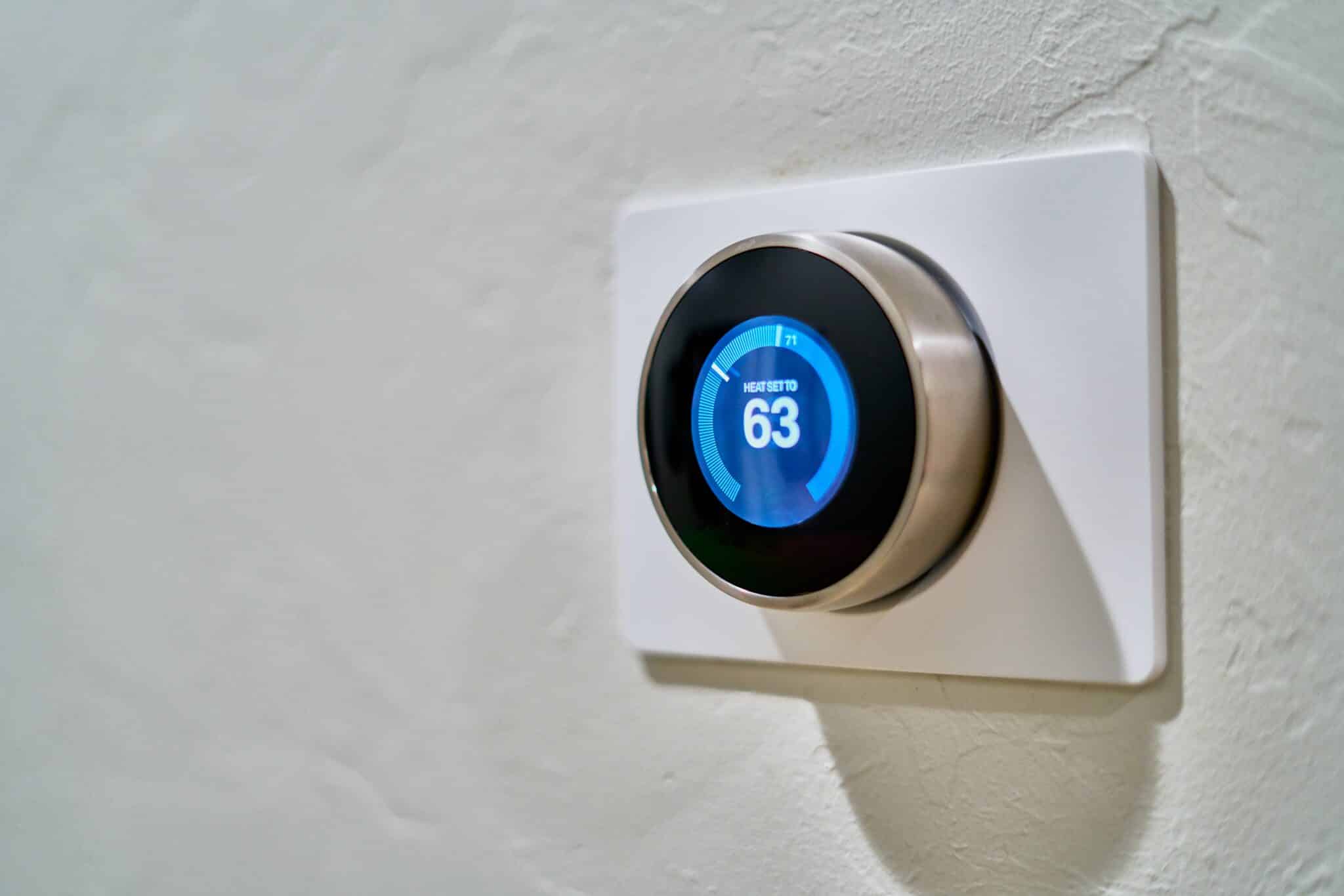Smart home technology has revolutionized our approach to energy efficiency. For those seeking the top energy-saving smart home devices, 2023 offers robust solutions like the Nest Learning Thermostat, Philips Hue Smart Light Bulbs, and Samsung SmartThings Energy Control. By reducing energy waste and promoting more sustainable usage patterns, these devices can lower energy bills while contributing to environmental sustainability. This article delves into these devices’ unique features, the financial and environmental benefits of energy-saving technology, and what to consider when choosing devices to optimize your home’s energy efficiency.
The Intersection of Technology and Smart Home Device Energy Efficiency
Nest Learning Thermostat
The Nest Learning Thermostat is a marvel of smart temperature control. It learns your routines, adjusting heating and cooling based on your habits to avoid energy wastage. It also offers Eco Temperatures, reducing energy usage when you’re away, and Energy History reports to provide insights into your consumption patterns.
Philips Hue Smart Light Bulbs
Philips Hue Smart Light Bulbs bring intelligence to home lighting. Their LED technology consumes less energy than traditional bulbs, and their remote control and scheduling features prevent unnecessary lighting. They also last up to 15 times longer than conventional bulbs, reducing waste.
Samsung SmartThings Energy Control
Samsung SmartThings Energy Control provides a comprehensive overview of your home’s energy consumption. By pairing with compatible smart meters, it offers real-time energy usage data, enabling you to identify and optimize high energy usage devices.
Money-Saving and Environmentally-Friendly Benefits
Energy-saving smart home devices offer substantial financial and environmental benefits. By optimizing energy usage, these devices can significantly reduce utility bills. (see other ways your smart home can save you money) For instance, the Nest Learning Thermostat claims to save users an average of 10-12% on heating and 15% on cooling, which could recoup its cost in less than two years.
Environmentally, reducing energy consumption decreases carbon footprint, helping mitigate climate change. Additionally, energy-efficient devices like LED smart bulbs last longer than traditional bulbs, reducing waste.
Key Considerations for Choosing Energy-Saving Smart Home Devices
When selecting energy-saving devices, consider:
- Compatibility: Ensure the device is compatible with your existing systems and appliances.
- Energy-saving Features: Look for features like learning algorithms, remote control, and energy usage reports.
- Longevity: Devices that last longer, like LED bulbs, reduce waste from replacements.
- Price vs. Savings: While some energy-saving devices may have higher upfront costs, consider potential savings over time.
A Comparative View of Top Energy-Saving Devices
Here’s a comparative table of the featured devices:
| Device | Energy-Saving Feature | Additional Features | Compatibility | Price |
|---|---|---|---|---|
| Nest Learning Thermostat | Learns your schedule, Eco Temperatures | Energy History reports | Most 24V heating and cooling systems | $249 |
| Philips Hue Smart Light Bulbs | LED technology, remote control, scheduling | 16 million colors, syncs with music and movies | Requires Philips Hue Bridge | Starter kit from $69.99 |
| Samsung SmartThings Energy Control | Real-time energy usage data | Controls compatible smart devices, voice control | Samsung SmartThings Hub and compatible smart meter | $69.99 for the Hub |
The top energy-saving smart home devices in 2023 — Nest Learning Thermostat, Philips Hue Smart Light Bulbs, and Samsung SmartThings Energy Control — can substantially enhance your home’s energy efficiency, offering significant savings and promoting sustainability. By providing automated controls, valuable usage insights, and personalized efficiency adjustments, these devices offer a dual benefit of economic savings and environmental responsibility. As we move towards a greener future, making conscious choices about our energy consumption becomes increasingly crucial, and these smart devices are here to make that transition easier.
